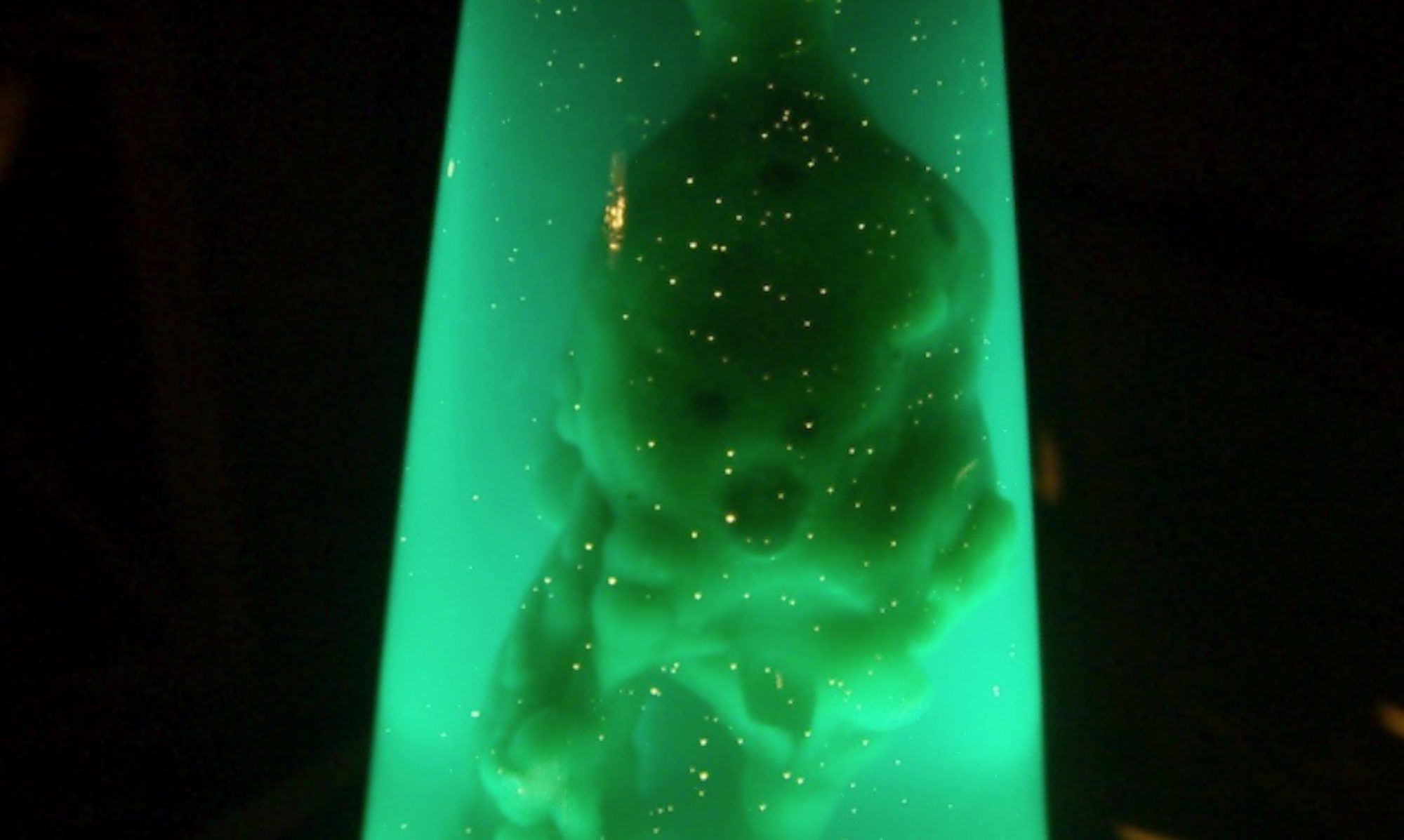My son and I just went to go see Superman vs. Batman with some friends. Both of us were a bit behind on the background story. I hadn’t seen any of the recent Superman or Batman movies but I was aware of their plots. My son never saw a Batman or Superman movie, ever.
So I’m a bad geek dad. It’s not like I haven’t been trying to catch him up on about fifty plus years of movies. It’s really hard to keep up with popular culture when you’re trying to show your kids where it all came from. I just haven’t gotten to DC superheroes yet. I’m still trying to find time to show my kids Forbidden Planet.
Anyway, I had to do a lot of explaining about the DC universe and it’s history. The funny thing is I knew a lot of the comics the new movie referenced even though I don’t think I’ve looked at a DC comic in a decade.
Superheroes are a fun subject to discuss on a scientific level, they really make zero sense on the surface, so trying to wriggle out a plausible explanation for how they might actually work is a lot of fun. Superhero apologetics.
Superman is probably the best example of an impossible superhero. His abilities are beyond any other hero and therefore stretch credibility the most. So when my son asked, “So if Superman gets his powers from the sun, how does he get that much power? He’d have to absorb huge amounts of sunlight.” I was very proud that my thirteen year old really gets the idea that energy doesn’t come from nowhere.
It would be no fun though to just agree with him and end the conversation there. So I had to try and figure out how Superman’s powers might just work.
This is what I supposed.
Superman obviously could not get enough sunlight to power his abilities. So maybe our sun doesn’t power him, maybe it gives him his powers. Suppose you took a plant that photosynthesizes light to another solar system and the different radiation there, reacted differently with the process of photosynthesis which produced different molecules of sugar than fructose. These molecules altered the plant in some way. The radiation isn’t giving the plant food to power it, but the altered molecules give the plant an ability it didn’t have before. Maybe something like that is happening to Superman?
This is backed up by his reaction to radioactive Kryptonite and that a nuclear warhead detonating near him, almost kills him, something taken from The Dark Knight Returns as is a bulk of the movie. It’s said that these other types of radiation “drive the sun’s rays from his cells” which is kind of nonsense. However, in The Dark Knight Returns, superman draws “the sun’s” power from a sunflower. This also doesn’t make a lot of sense since the solar radiation in a plant is stored as sugar. So Superman’s abilities come from sugar? Maybe his cellular biology is different enough that simple sugars alter his biology.
Ok, that doesn’t get us anywhere near explaining him though. It’s just the start. To move on, I’ll draw on some more old school comic book history.
The next ingredient comes from John Byrne who rebooted the Superman series in 1986. He offered, what is to this day, the most intriguing description of Superman’s powers. Martha Kent comments that tight fitting clothing that young Kent wore, never seemed to tear or rip. Loose fitting clothing (like a cape) were prone to damage though.
Byrne seemed to suggest that Superman’s invulnerability was a force field that extended a millimeter from his skin surface.
The other bit comes from Superman himself though. Puzzled, he comments that when he picks something up and then starts flying, he no longer feels as if he’s using his muscles to lift the object. His ability to fly gets transferred into the thing he’s lifting.
So again, Byrne seems to be suggesting that Superman’s flight is a form of telekinesis.
This points to one thing to me. Superman’s powers might not be physical, they might be mental. Not consciously accessed, but subconsciously. Maybe even his “heat vision” might be a subconscious reflection of his mental abilities. It would make more sense than having cutting lasers built into his eye sockets.
That doesn’t fix the energy in energy out problem though. Mental powers should still require energy. Or should they? Maybe, just maybe Superman’s mind is able to do things like alter quantum states. A lot of things in physics seem when reduced to their most fundamental level, to simply be there because a law says they’re there. Some physicist are looking into the possibility that our universe is a computer simulation. Maybe Superman has the subconscious ability to alter values in the universe’s code?
“If we are living in a simulation, then everything is software, including every atom in our bodies, and there may be ‘back doors’ that the programmers left ajar.” – David Brin
Maybe Superman is accessing back doors. As such, he does not exert force in the traditional sense. He’s rewriting the universe. When viewing Superman from that standpoint, he begins to make a lot more sense.

